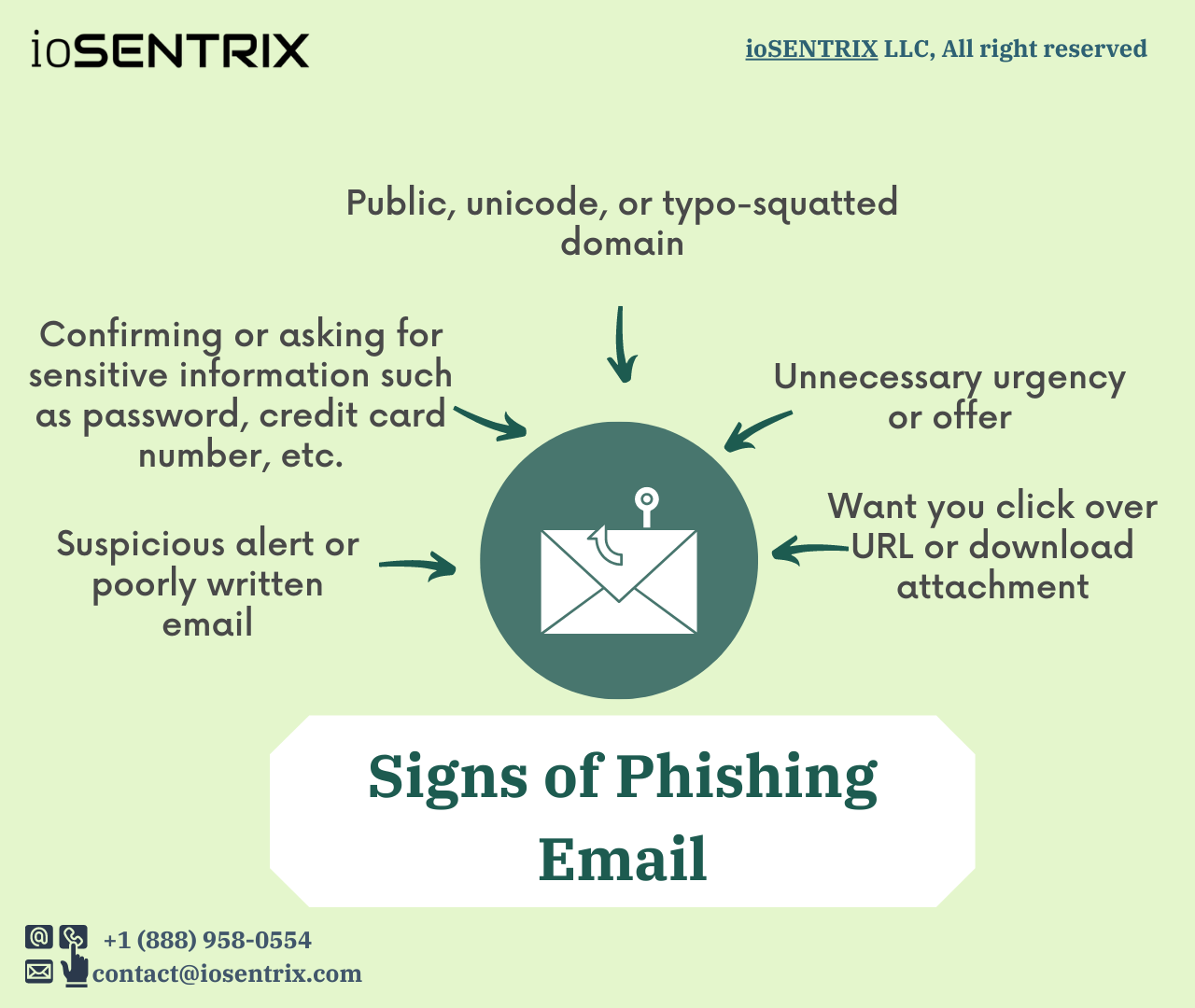If you don’t read this article, your bank account will collapse, puppies everywhere will be slaughtered, and your skin will melt off your bones. Terrified yet? Good. That’s exactly how grifters hook you. They live on panic and dopamine, cranking the volume to eleven and selling you the “secret truth” the mainstream media won’t. The formula is always the same: apocalyptic warnings, miraculous cures, or some combination of both—and all you have to do is click, subscribe, or “engage.”
Their cartoonish shtick isn’t a bug—it’s a feature. The goal isn’t to convince everyone—it’s to reel in the gullible, the desperate, and the brain-wormed. Here’s how to spot them before they spot you.
Stuck at 11
If you’ve ever sat through corporate phishing training, you know the drill: watch out for emails screaming URGENT ACTION REQUIRED. “Your bank account has been hacked—click here to fix it!” Scammers rely on panic because a boring email will just get ignored.
Grifters work the same way. Nothing is ever normal, measured, or routine. Everything, if you’re a pro-Russia shill, has to be a collapse, encirclement, or breakthrough. If you’re a populist grifter, someone is always being destroyed, obliterated, or stunned. It’s WWE with bigger fonts.
Trump himself shows how the playbook works. He recently claimed Los Angeles was being “invaded and occupied,” promised to “liberate LA from the migrant invasion,” and declared “LA will be set free.” That isn’t policy language—it’s war-movie narration.
Echoes, Not Arguments
Grifters can only breathe in their own air. The moment they’re forced to engage outside their bubble, they suffocate. How many populists think COVID leaked from a lab or that there was massive pro-Biden voter fraud during the 2020 election? That Elon Musk didn’t throw up a Nazi salute? Or the Biden administration was laundering money to Politico for favorable coverage? These claims all fall apart with minor pushback. So they are never exposed to pushback. They are repeated indefinitely in a friendly social media environment where they spread like wildfire. There is no substance—only echoes.
Morally, Not Factually Right
One habit I keep is looking back at my old claims. I even have a Twitter thread documenting my bad predictions. It’s humbling, but useful. If you’re a grifter, though, reflection is poison. Most of what you say is wrong, so why shine a spotlight on it? No one wants to follow someone who’s always eating crow.
Grifters don’t aim to be factually right. They aim to be morally right—to always confirm the vibes their audience wants. Suppose the facts line up, great. If not, just pivot. On Friday, they’ll dismiss a market sell-off: “losing money means nothing.” By Tuesday, when the same market rallies, they’ll claim vindication: “look at all that green”. Suddenly, money means something again.
The through-line isn’t consistency—it’s reinforcing what the audience wants to hear to keep them reeled in. For a grifter, accuracy is irrelevant. Being wrong doesn’t matter as long as you’re telling your audience what they want to hear. And the easiest way to stay “morally right” is to hand out villains.
A Degree in Vibes
Grifters love to LARP as authorities, but their résumés usually top out at “has a Twitter account.” Michael Kofman is a Senior Fellow at the Carnegie Endowment. Kofman has spent decades studying Russian military doctrine, published peer-reviewed research, and advised U.S. policymakers. When he talks about Ukraine, he’s drawing on fieldwork, classified briefings, and years of immersion in the subject. Kofman literally travels to the front line in Ukraine multiple times a year, embedding himself within Ukrainian military units.
Compare that to @squatsons. His analysis consists of recycling Telegram rumors, cherry-picking videos, and slapping together dramatic tweets. One day, he’ll declare Ukraine “encircled.” Two days later, he just moves on loudly to the next “breakthrough.” There’s no methodology, no accountability, no expertise—just vibes and volume.
The difference isn’t subtle. Kofman’s work can be scrutinized, debated, and tested against reality. @squatsons can only survive inside an echo chamber where no one asks him to explain how his last ten “predictions” blew up. He doesn’t need credentials, training, or rigor—only an audience willing to mistake confidence for competence.
A Concrete Example
Real problems—wages, housing, crime, even traffic—are messy. They involve trade-offs, data, and hard choices. No one wants to hear that. Grifters aren’t offering cogent analysis; they’re just reading from a script. And like any good script, the audience needs to get what it wants. So if you’re a populist, blaming immigrants is always a reliable way to get clicks. Wages are stagnant? It’s immigrants. Can’t afford a house? Immigrants. Decades of research shows that immigrants commit fewer crimes than natives? Still, it’s immigrants. Sitting in traffic on the 405? You guessed it: immigrants.
Donald Trump’s own language from above shows how baked-in the script is. He didn’t propose real policies to solve real problems. He offered a scapegoat. That isn’t governing—it’s a bedtime story for the angry. That’s the comfort of easy lies. Hard truths demand nuance. Easy lies just promote anger. And anger sells.
What Honest Analysis Looks Like
So how do you spot someone who isn’t a grifter? There’s no perfect formula, but there are a few reliable signs.
First, they stay in their lane. A legitimate infectious disease expert probably won’t also claim deep insights into constitutional law, macroeconomics, and Russian battle tactics1. Honest analysts know what they know—and what they don’t. During COVID, epidemiologists gave grounded insights into viral spread, but they didn’t suddenly start predicting stock market moves or election outcomes. Contrast that with grifters, who shape-shift into “experts” on whatever is trending that week.
Second, they provide specific details. Real analysis doesn’t hide behind vague words like “collapse” or “breakthrough.” It deals in units, timelines, and mechanisms. Michael Kofman, for example, doesn’t just say Ukraine is “winning” or “losing.” He talks about supply lines, force rotations, and attrition rates. That level of detail makes it falsifiable—you can check it against events.
Third, they hedge their claims. Honest analysts don’t need to be right every time, they need to be transparent about uncertainty. Kofman, again, will caveat analysis. That’s not weakness—that’s intellectual honesty. Compare that to @squatsons, who claims Ukraine is collapsing every few weeks.
Fourth, they usually don’t have a massive following. Building millions of followers requires outrage, drama, and overconfidence. Honest analysis—measured, careful, full of nuance—is never going to compete with “BREAKING: EVERYTHING COLLAPSED.” If someone has the reach of a pop star and claims deep expertise on everything, that’s a red flag.
Fifth, they have credentials. Not in the sense of a blue checkmark or a YouTube subscriber count, but actual training and recognition in their field. A PhD in epidemiology. A research position at a think tank. Publications in peer-reviewed journals. That doesn’t guarantee they’re right2, but it means they’ve had to demonstrate real knowledge to people who know how to evaluate it.
None of these signs are foolproof on their own. But together, they make the difference clear. Grifters thrive on certainty, slogans, and spectacle. Honest brokers deal in limits, details, and reality. And in a media environment where the loudest voices are often the least trustworthy, learning to tell the difference isn’t optional—it’s survival. Grifters promise the sky will fall. Honest brokers tell you the truth, even when it’s boring. One of those is worth listening to.
This is not to say they will not have opinions on topics outside their expertise that they may publicly share.
For certain, there are many frauds with impressive credentials.



